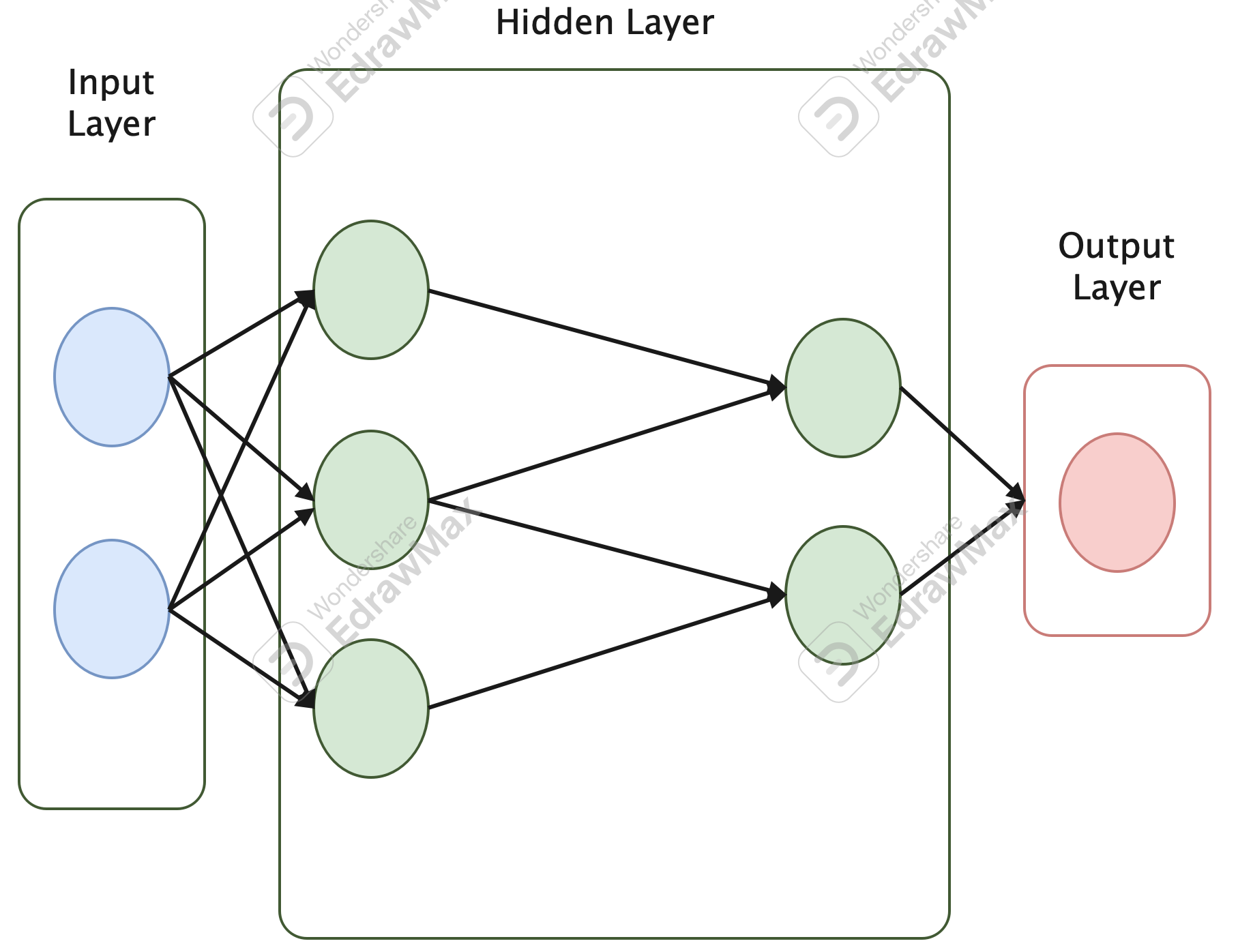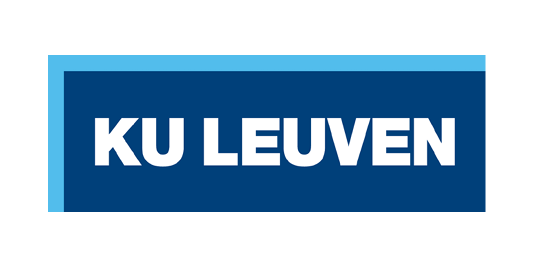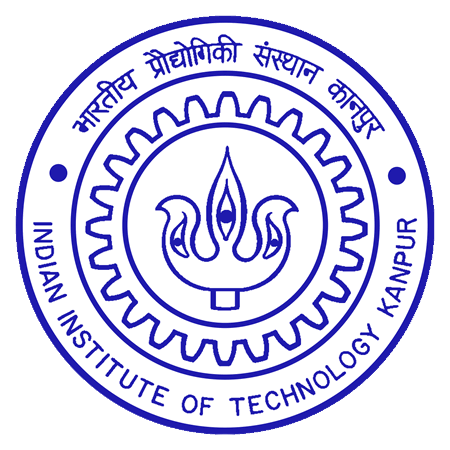Coding Task: Summer Research Internship
Guidelines:
- There are 4 tasks in total for different project-openings.
- You are required to solve and submit at least 1 of these 4 tasks of your choice, before the deadline.
- Each participant can solve and submit as many tasks.
- The submission deadline is strict and no exceptions will be made for extensions.
- You can submit a Google Colab/ Jupyter notebook (.ipynb) or a zip of .py files.
- Ensure that all links in the submitted form are accessible (not private).
- The deadline to submit is 1:00 PM (IST) 6th February (Tuesday), 2024.
- Submission link- https://forms.office.com/r/QRsi0ju9pY
Task 1: Prepare a custom pipeline for data preparation and CNN training
- Use the TinySOL dataset: https://zenodo.org/records/3685367. You can download this by using the following commands-
user:~$ wget https://zenodo.org/records/3685367/files/TinySOL.tar.gz user:~$ wget https://zenodo.org/records/3685367/files/TinySOL_metadata.csv user:~$ unzip TinySOL.tar.gz && rm TinySOL.tar.gz - Train a small CNN for classificying the instruments being played, given an audio file from this dataset for 30 epochs. You are free to choose all other hyperparmeters. Save this trained model.
- Write a general dataset class, which takes as input the path to the csv file and the folder with the audio files. When called with some input index i, it should return a dictionary with the following items-
{'file': filename, #name of the audio file, 'audio': audio, #Processed ith audio of shape [1,T] 'mel': mel_spectrogram, #Mel Spectrogram of the audio. Shape- [1,F,T]. Choose the parameters yourself. 'gt': ground_truth, #The label mapped with the corresponding audio file. 'pseudo': pseudo_label #Predicted label in the inference from the trained model in step-2. } - Now train the same CNN from scratch (untrained), but use the ‘psuedo_label’ in the dict output of the dataset as in step-3 as target variable in your loss function.
- Now analyze the results (accuracy, loss) and plot some graphs to contrast in the CNN’s performance when trained using the correct ground truth labels (step-2) with the case when trained using the pseudo labels.
- BONUS: What can you do to improve the performance of the CNN in step-4 (other than increasing num_epochs in step-2)?
Task 2: Use relevant features for Raga Identification
- Train a simple CNN for raga identification using relevant features.
- Play around with different types of extracted features from the music audio files, to deduce the most relevant before finally training the model.
- Use the dataset available here- https://www.kaggle.com/datasets/kcwaghmarewaghmare/indian-music-raga.
Task 3: Build Symbolic Equation from Neural Network Output
In this task, you will develop a program that takes the output of a 2-hidden layer feedforward neural network as input and constructs a symbolic equation representing the network’s output. The goal is to understand and interpret the neural network’s decision-making process through symbolic representation.
- Train a 2-hidden layer feedforward neural network with sparse connections (as in the figure below) on a dataset of your choice. Save the trained model.
- Extract the symbolic expression representing the output layer of the neural network. Can use SymPy.
- Implement a Python program that takes the symbolic expression from the output layer as input. Construct a symbolic equation using the input features as variables.
- Allow users to input a set of values for the input features. Use the symbolic equation to compute and display the corresponding predicted output.
- Document the code with comments and explanations. Provide instructions on how to run the program and interpret the symbolic equation.

Task 4: Implement paper/s on Generative Modelling
In this task, you are required to implement either (or both) of the following papers from scratch-
-
Image Inpainting using GAN with contextual attention
Dataset: CIFAR-10. Repo: https://github.com/jiajunhua/JiahuiYu-generative_inpainting
-
Image Inpainting using Partial Convolution
Dataset: CIFAR-10. Repo: https://github.com/Shivkumar25/Image-Inpainting
In case you have any queries/doubts on the problem statements, feel free to contact akshayr@iitk.ac.in.

